The Unseen Floodlines: Why Your City's Weather Risks Are Deeper Than You Think
Discover how new data uncovers hidden urban flood risks, challenging old maps. Learn why your city's infrastructure might be more vulnerable to rain than you think.
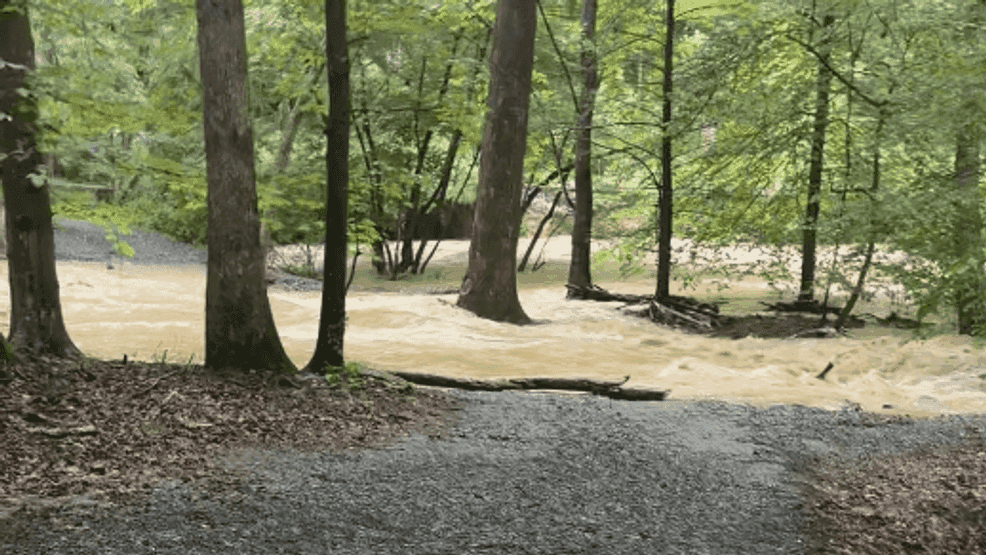
The Misleading Calm: Unmasking Urban Flood Realities
For too long, our understanding of urban flood risk has been clouded by an incomplete picture, lulling many communities into a false sense of security. The stark truth, now brought into sharper focus by new analysis from the , is that the actual threat of temporary flooding to critical infrastructure is far greater than previously acknowledged. While traditional data from the identified merely 14% of road and highway miles in the region as vulnerable, COG's comprehensive assessment reveals a staggering 39% are actually at risk. This isn't just about statistics; it's about the lived experience of residents. As , a transportation resilience planner with the National Capital Regional Transportation Planning Board, points out, this new information simply confirms what people are already witnessing in their neighborhoods. Urban flooding, driven by intense, localized rainfall, often defies historical patterns, manifesting as flash floods in areas like , , and near the , places once considered relatively safe. The unpredictable nature of these events, where one neighborhood can be deluged while a few miles away remains dry, highlights the urgent need for a more nuanced approach to risk assessment.

Beyond the Riverbanks: The Shortcomings of Traditional Flood Data
The discrepancy between perceived and actual flood risk stems directly from the inherent limitations of conventional flood mapping. data, long considered the industry standard for urban planners, primarily focuses on flooding from overflowing rivers and coastal storm surges. Crucially, it falls short in two critical areas: it does not adequately account for urban flooding caused by intense rainfall – the sudden deluges that overwhelm storm drains and impermeable surfaces – nor does it project how floodplains might shift in the face of future climate change. This narrow focus means vast swathes of urban landscapes, far from traditional waterways, remain unmapped for their true vulnerability to flash floods. The result is a planning paradigm based on an outdated reality, one that fails to capture the localized, unpredictable nature of modern urban downpours. It's a bit like trying to navigate a complex city with only a map of its major highways, missing all the intricate side streets and unexpected detours. Without factoring in these critical elements, our cities are planning for a past that no longer exists, leaving residents and infrastructure exposed to unforeseen dangers.
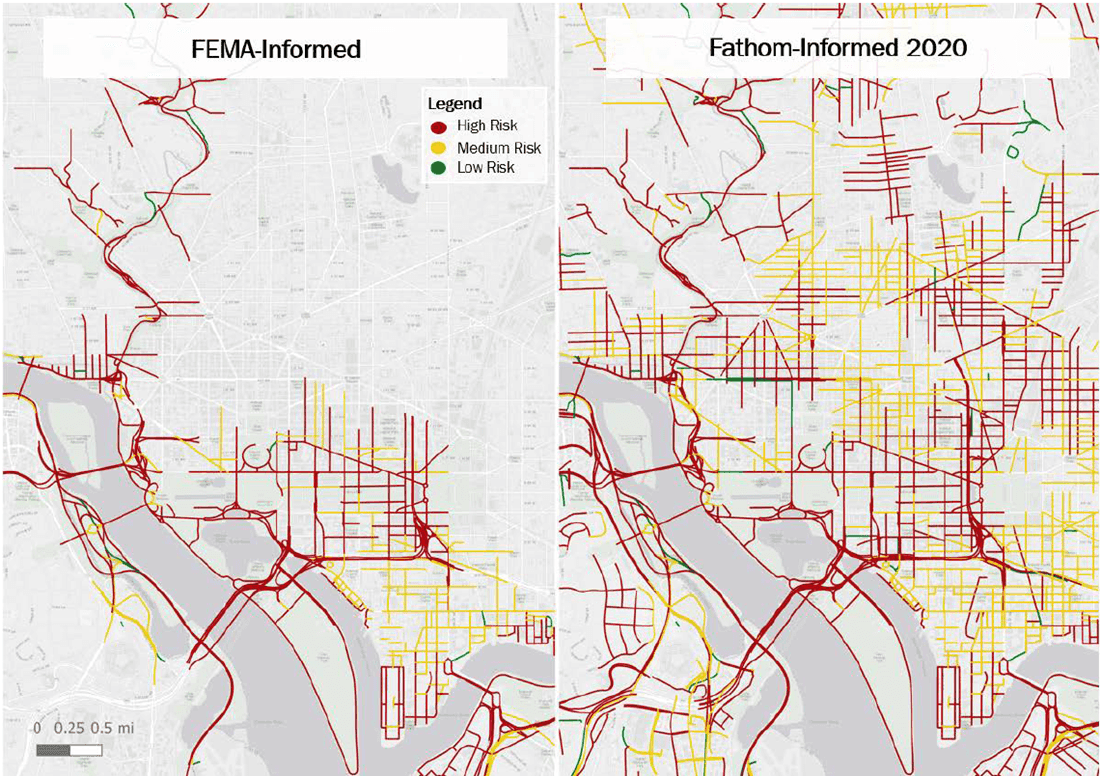
Mapping the Hidden Dangers: What New Analysis Reveals
A new generation of flood analysis is finally pulling back the curtain on these hidden dangers, offering a far more granular and realistic picture of urban vulnerability. The 's groundbreaking map, developed by integrating data with advanced modeling from , marks a significant leap forward. This sophisticated approach doesn't just look at riverbanks; it considers how heavy rainfall interacts with built environments, identifying risks to transportation corridors and categorizing them as high, medium, low, or 'not exposed.' The findings are eye-opening: a staggering 39% of the region's road and highway miles are now recognized as susceptible to temporary flooding, a dramatic increase from the 14% identified by alone. This new data validates the everyday experiences of residents who've witnessed unexpected flooding in their neighborhoods, confirming that these areas are indeed at risk, even when older datasets suggested otherwise. Furthermore, the analysis projects an additional 3% increase in at-risk miles throughout the century, underscoring the escalating nature of this challenge and providing vital foresight for proactive urban planning.
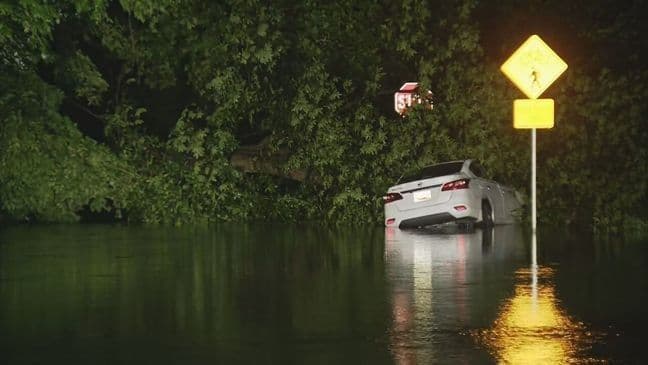
The Commuter's Challenge: Navigating Unexpected Waterways
The implications of this newly revealed flood reality are particularly acute for daily commuters and urban transportation networks. With nearly 40% of road and highway miles now identified as susceptible to temporary flooding, and that figure projected to climb further, the morning commute could increasingly turn into an unexpected navigation challenge. Imagine leaving for work, only to find a familiar underpass transformed into a dangerous, impassable waterway due to a localized downpour that barely registered in other parts of the city, as seen in the stark contrast between and . It's not just roads and highways that bear the brunt; the analysis also highlights significant risks to public transit. The , for instance, faces the prospect of 22 bus and rail stops being vulnerable to flash floods. This means widespread disruptions, delays, and potential safety hazards for hundreds of thousands of daily riders. The economic ripple effects of such disruptions, from lost productivity to increased emergency response needs, are substantial. Understanding these specific vulnerabilities is the first step toward safeguarding the daily rhythm of urban life against the rising tide of unpredictable weather.
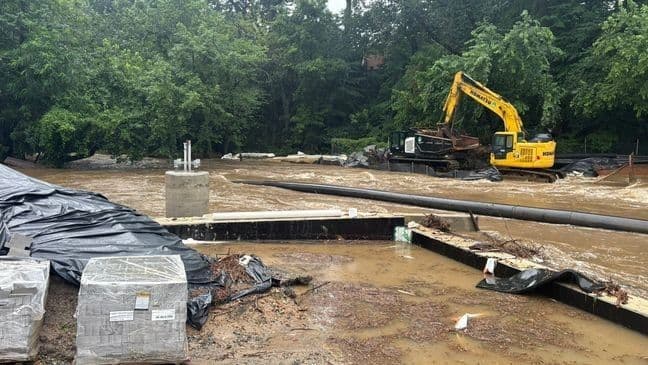
Building Resilience: Adapting to Tomorrow's Deluges
Recognizing the true scale of urban flood risk, as illuminated by this new granular analysis, is the critical first step toward building more resilient cities. The era of relying solely on traditional flood maps that ignore rainfall-induced flooding and future climate impacts is clearly over. Moving forward, urban planners and policymakers must integrate this advanced, detailed data into every facet of infrastructure development and emergency preparedness. This means not only updating flood zone designations but also rethinking drainage systems, promoting green infrastructure solutions that absorb excess water, and investing in early warning systems tailored to localized flash floods. It also calls for a proactive public awareness campaign, empowering residents with knowledge about their specific neighborhood risks. By acknowledging that seemingly 'dry' areas can be profoundly vulnerable, we can shift from a reactive stance to one of proactive adaptation. The goal isn't just to repair after the storm, but to design and build communities that can withstand tomorrow's deluges, ensuring the safety and continuity of urban life in a changing climate. This is an investment not just in infrastructure, but in the future security and well-being of our cities.
Related Articles
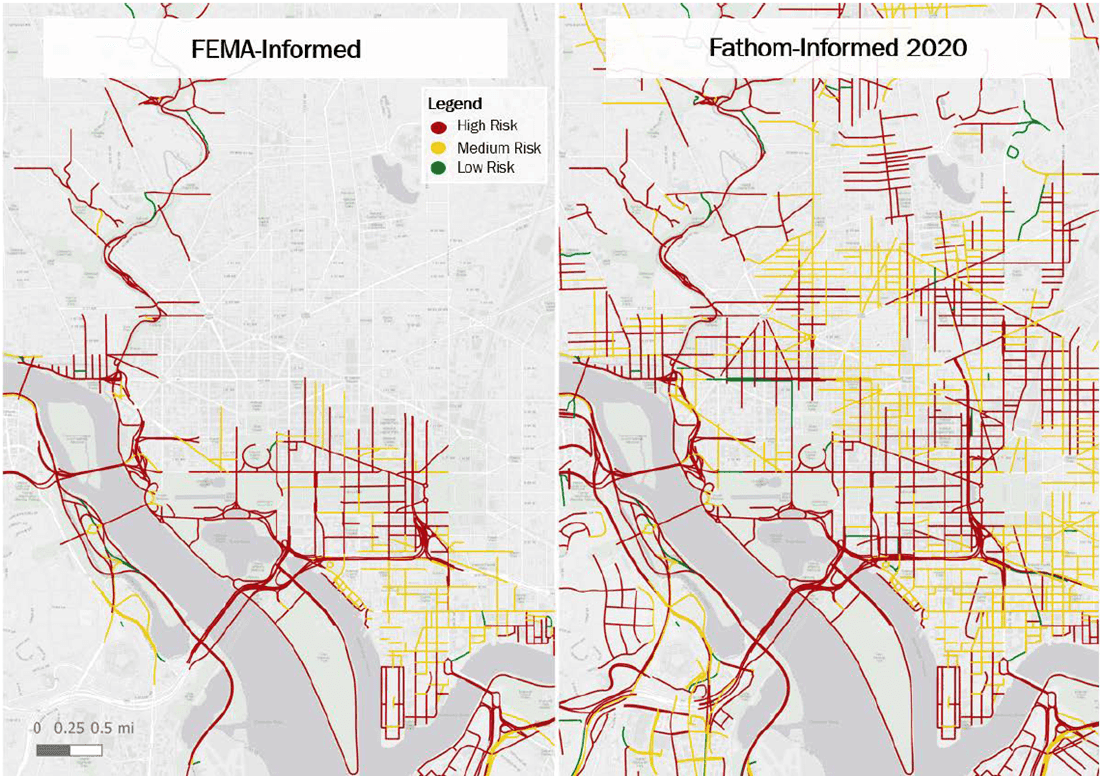
The Unseen Currents: Redefining Flood Risk in the Capital's Urban Maze

The Unseen Currents: Redefining Flood Risk in the Capital's Urban Maze
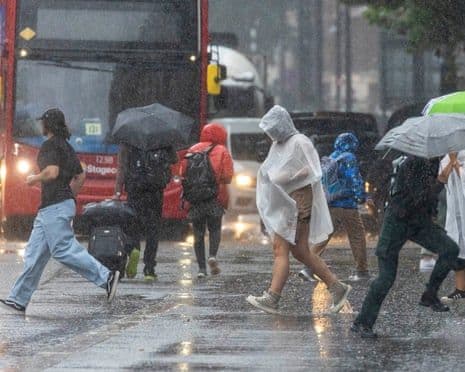
Britain's Deluge Dilemma: Unpacking the Urban Flood Challenge Amidst Rising Rain Warnings

Britain's Deluge Dilemma: Unpacking the Urban Flood Challenge Amidst Rising Rain Warnings
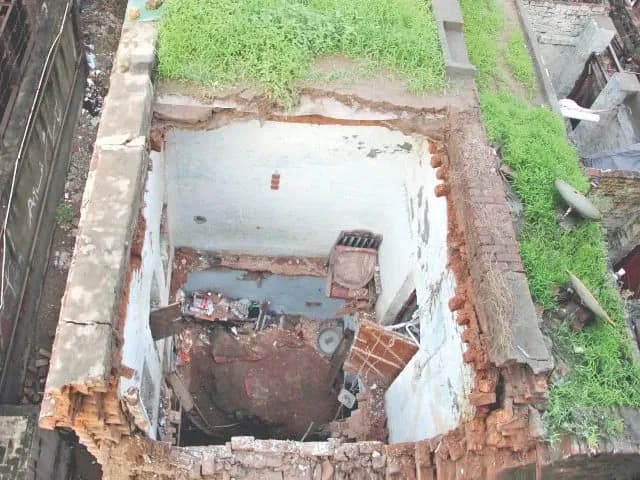
The Sky's Shifting Mood: Building Resilience in Rain's New Era

The Sky's Shifting Mood: Building Resilience in Rain's New Era
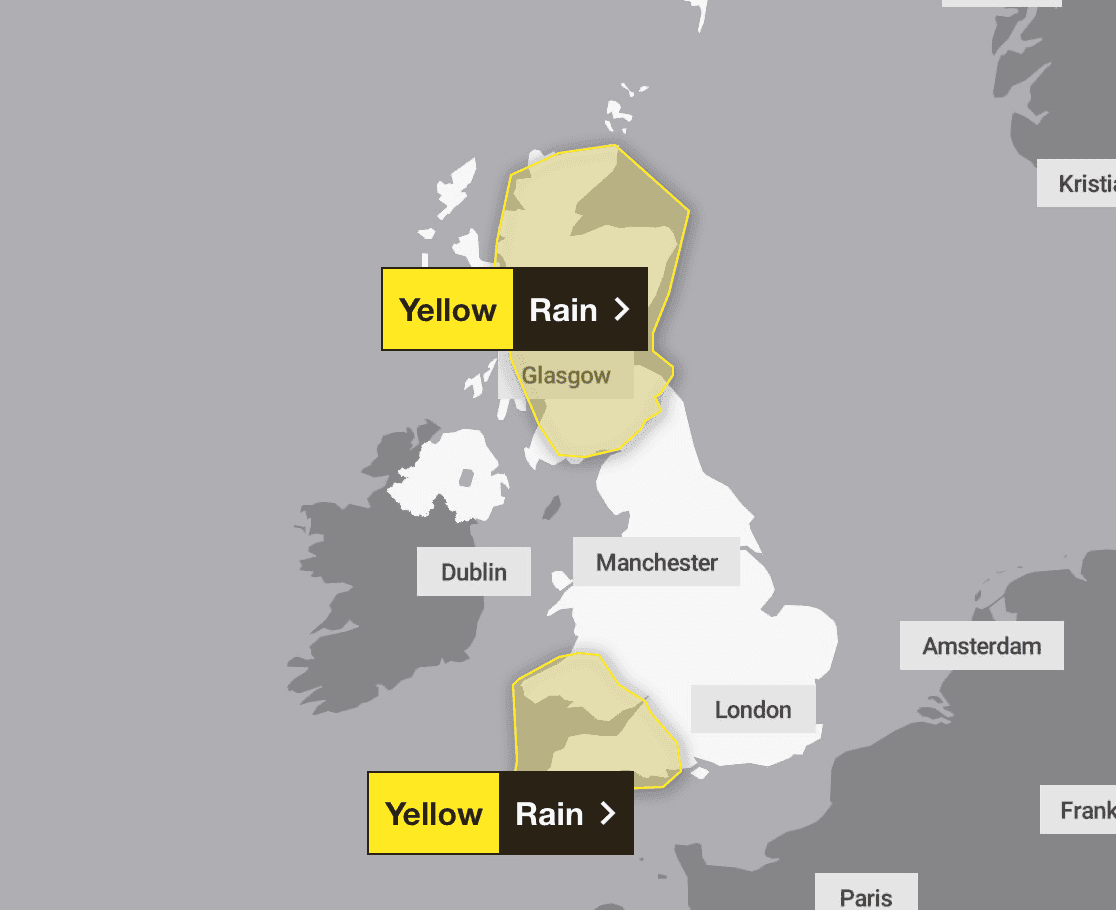
The UK's Unpredictable Skies: Decoding the Deluge Threat
